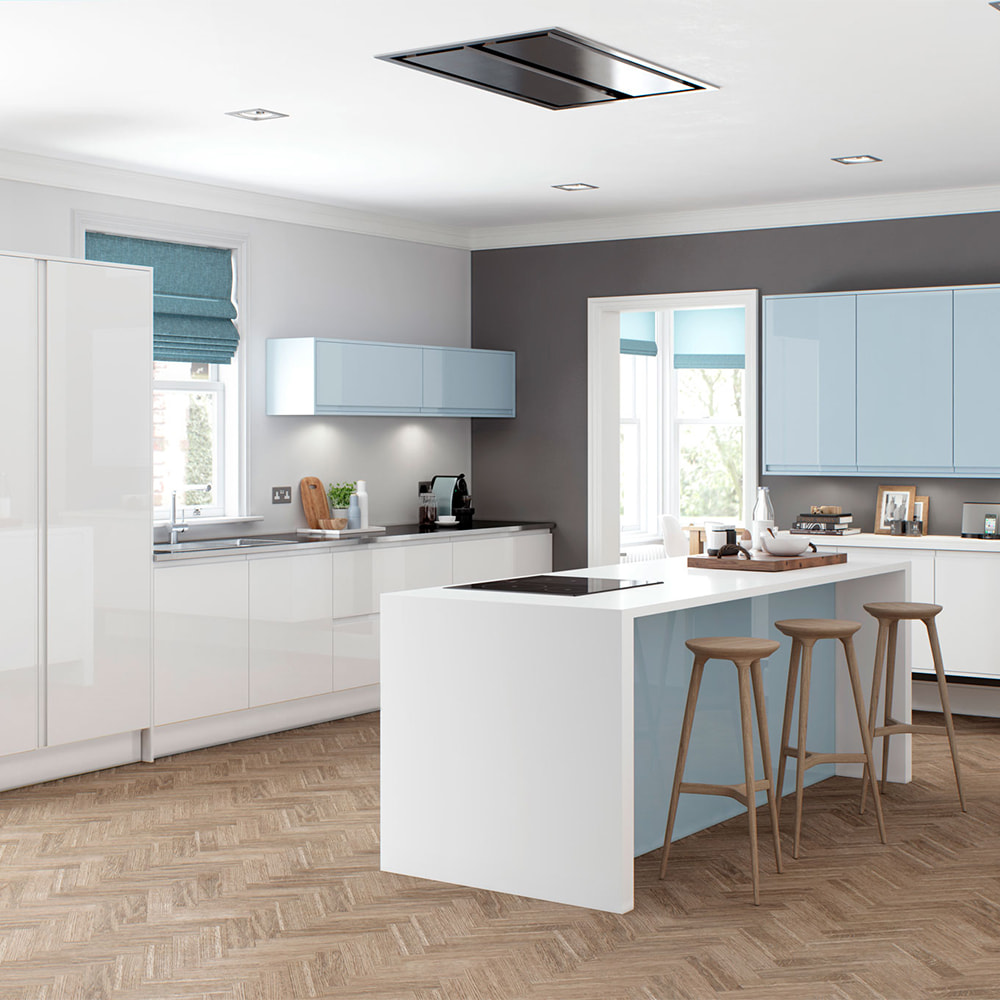The weather resistance of Acrylic Laminate Sheet in different environments depends on its material composition, surface treatment and production process. Since it is widely used in architectural decoration, furniture, advertising and other industries, the weather resistance of Acrylic Laminate Sheet is an important factor in evaluating its long-term performance.
Acrylic Laminate Sheet has good UV resistance, especially high-quality acrylic film, which has strong UV resistance. Acrylic itself has high UV resistance, which enables it to maintain color stability for a long time in outdoor environments exposed to direct sunlight. Specifically:
High-quality Acrylic Laminate Sheet has good fading resistance, and the color change is relatively small even when exposed to UV for a long time. This is crucial for applications such as outdoor billboards and building facades that are exposed to sunlight for a long time.
After UV treatment, the anti-aging performance of Acrylic Laminate Sheet is greatly enhanced, which can effectively prevent the surface from yellowing, cracking or fading.
The temperature resistance of Acrylic Laminate Sheet is limited by the characteristics of its substrate and acrylic film. Generally speaking, acrylic materials have a low heat deformation temperature, usually around 85°C, and long-term exposure to high temperature environments may cause heat deformation, softening or color change. In extreme high temperatures, Acrylic Laminate Sheet has poor heat resistance.

For applications exposed to high temperature environments, such as kitchens, industrial environments, etc., Acrylic Laminate Sheet may not be suitable for areas that are directly in contact with heat sources. However, its high temperature resistance can be improved after special treatment or when combined with other high temperature resistant materials.
In cold environments, Acrylic Laminate Sheet becomes more brittle and may crack or break, especially when the temperature changes drastically. However, high-quality acrylic materials perform better in low temperature environments and can maintain good toughness.
Acrylic Laminate Sheet itself has good waterproof properties, which makes it perform well when used in wet or humid environments. For example, in bathrooms, kitchens, facades and public spaces, Acrylic Laminate Sheet can effectively resist moisture penetration and is not easy to absorb water or swell. Its smooth and dense surface makes it difficult for moisture to penetrate and is not easy to breed mold or bacteria.
However, long-term exposure to extremely humid or high humidity environments may affect the bonding layer or substrate of the material, especially low-quality Acrylic Laminate Sheet may fall off or deform in a humid environment. Therefore, when used in a high humidity environment, special attention should be paid to the selection and surface treatment of the substrate.
Acrylic Laminate Sheet shows strong anti-pollution ability when exposed to weathering environment for a long time, especially when it comes into contact with dust and pollutants in the air. Its smooth surface makes it difficult for dust and stains to adhere, making cleaning and maintenance more convenient. In addition, high-quality Acrylic Laminate Sheet also has strong corrosion resistance. When exposed to industrial pollution and high-salt environments (such as coastal areas), it can effectively resist the erosion of corrosive substances such as salt spray and acid rain, and maintain its appearance and function stability.
However, long-term exposure to some highly polluted environments (such as industrial areas) may accumulate some stains, especially when the surface is not treated with anti-fouling. At this time, surface cleaning and maintenance are very important.
Acrylic Laminate Sheet has good chemical corrosion resistance and can resist the erosion of most common solvents, chemical cleaners and oil stains. However, when exposed to chemicals such as strong acids and alkalis, the surface of Acrylic Laminate Sheet may react, causing surface damage or discoloration. For some special environments (such as chemical plants), you may need to consider whether to choose materials with higher chemical resistance, such as corrosion-resistant metals or special synthetic materials.
In order to improve the weather resistance of Acrylic Laminate Sheet, modern production processes usually add anti-UV coatings or anti-pollution coatings to the surface of acrylic films. These coatings not only enhance its UV resistance, corrosion resistance and anti-pollution performance, but also make its surface easier to clean and reduce maintenance costs.
In addition, some high-performance Acrylic Laminate Sheets also use special composite technology to composite acrylic films with other materials (such as PET, PVC, etc.), thereby improving its resistance to high temperature, chemical corrosion and impact.
Acrylic Laminate Sheet has excellent weather resistance and is suitable for wide application in a variety of environments, especially in the fields of building facades, advertising decoration, interior decoration, etc. However, in extremely high temperature, low temperature or strong chemical environments, the weather resistance of Acrylic Laminate Sheet may be limited to a certain extent. In practical applications, it is necessary to select suitable products according to specific environmental conditions and enhance their weather resistance through surface treatment or composite technology. In addition, regular maintenance and cleaning are also the key to ensure the long-term stability of Acrylic Laminate Sheet.


 English
English 中文简体
中文简体









